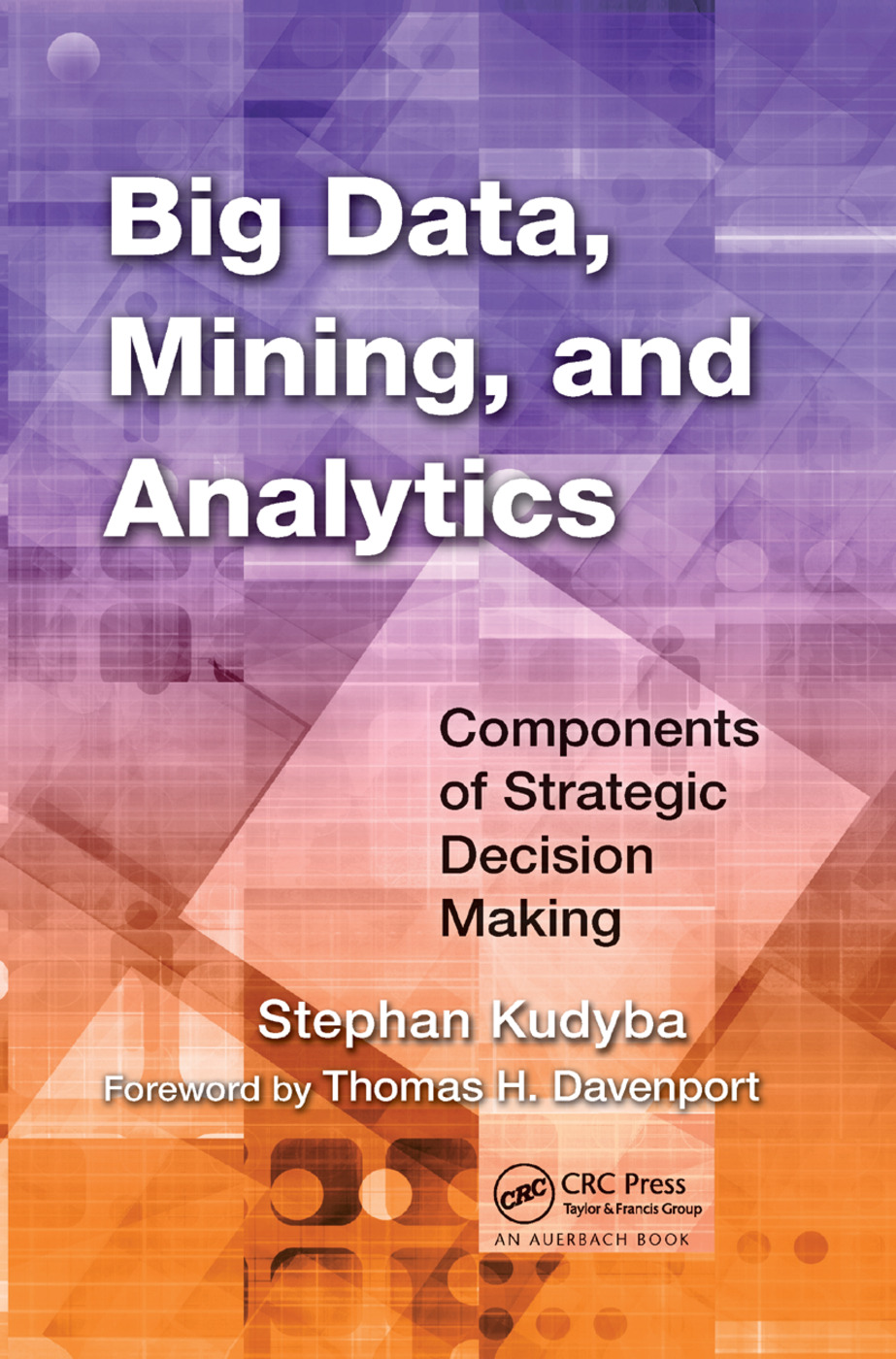基于注意力的 CNN 融合模型,利用离散小波变换对脑电图和惯性信号进行行走过程中的情绪识别
IF 6.2
1区 计算机科学
Q1 COMPUTER SCIENCE, ARTIFICIAL INTELLIGENCE
引用次数: 0
摘要
行走作为一种独特的生物识别工具,为情绪识别提供了重要信息。不同情绪状态下的个体会表现出不同的行走模式。为此,本文提出了一种利用脑电图(EEG)和惯性信号识别步行过程中情绪的新方法。通过端到端深度学习训练并考虑多模态融合,实现了对情绪的准确识别。受试者佩戴虚拟现实头戴式显示器(VR-HMD)设备,在行走过程中沉浸在强烈的情绪中。VR 环境显示出卓越的模仿和体验能力,在唤醒和改变情绪方面发挥着重要作用。此外,通过离散小波变换(DWT)将从脑电图和惯性传感器获取的多模态信号分别表示为虚拟情绪图像。这些都是基于注意力的卷积神经网络(CNN)融合模型的输入。所设计的网络结构简单轻便,同时整合了通道注意力机制,以提取和增强特征。为了有效提高识别系统的性能,所提出的决策融合算法结合了批判法和多数投票策略,以确定影响最终决策结果的权重值。研究了不同母小波类型和小波分解级别对模型性能的影响,结果表明,采用两级分解的 2.2 阶反向双杂交(rbio2.2)小波具有最佳的识别性能。对比实验结果表明,所提出的方法优于其他现有的先进方法,准确率达到 98.73%。本文章由计算机程序翻译,如有差异,请以英文原文为准。
Attention-Based CNN Fusion Model for Emotion Recognition During Walking Using Discrete Wavelet Transform on EEG and Inertial Signals
Walking as a unique biometric tool conveys important information for emotion recognition. Individuals in different emotional states exhibit distinct walking patterns. For this purpose, this paper proposes a novel approach to recognizing emotion during walking using electroencephalogram (EEG) and inertial signals. Accurate recognition of emotion is achieved by training in an end-to-end deep learning fashion and taking into account multi-modal fusion. Subjects wear virtual reality head-mounted display (VR-HMD) equipment to immerse in strong emotions during walking. VR environment shows excellent imitation and experience ability, which plays an important role in awakening and changing emotions. In addition, the multi-modal signals acquired from EEG and inertial sensors are separately represented as virtual emotion images by discrete wavelet transform (DWT). These serve as input to the attention-based convolutional neural network (CNN) fusion model. The designed network structure is simple and lightweight while integrating the channel attention mechanism to extract and enhance features. To effectively improve the performance of the recognition system, the proposed decision fusion algorithm combines Critic method and majority voting strategy to determine the weight values that affect the final decision results. An investigation is made on the effect of diverse mother wavelet types and wavelet decomposition levels on model performance which indicates that the 2.2-order reverse biorthogonal (rbio2.2) wavelet with two-level decomposition has the best recognition performance. Comparative experiment results show that the proposed method outperforms other existing state-of-the-art works with an accuracy of 98.73%.
求助全文
通过发布文献求助,成功后即可免费获取论文全文。
去求助
来源期刊

Big Data Mining and Analytics
Computer Science-Computer Science Applications
CiteScore
20.90
自引率
2.20%
发文量
84
期刊介绍:
Big Data Mining and Analytics, a publication by Tsinghua University Press, presents groundbreaking research in the field of big data research and its applications. This comprehensive book delves into the exploration and analysis of vast amounts of data from diverse sources to uncover hidden patterns, correlations, insights, and knowledge.
Featuring the latest developments, research issues, and solutions, this book offers valuable insights into the world of big data. It provides a deep understanding of data mining techniques, data analytics, and their practical applications.
Big Data Mining and Analytics has gained significant recognition and is indexed and abstracted in esteemed platforms such as ESCI, EI, Scopus, DBLP Computer Science, Google Scholar, INSPEC, CSCD, DOAJ, CNKI, and more.
With its wealth of information and its ability to transform the way we perceive and utilize data, this book is a must-read for researchers, professionals, and anyone interested in the field of big data analytics.
 求助内容:
求助内容: 应助结果提醒方式:
应助结果提醒方式:


